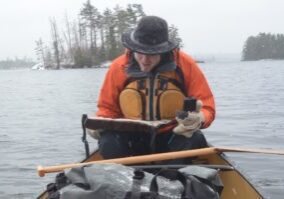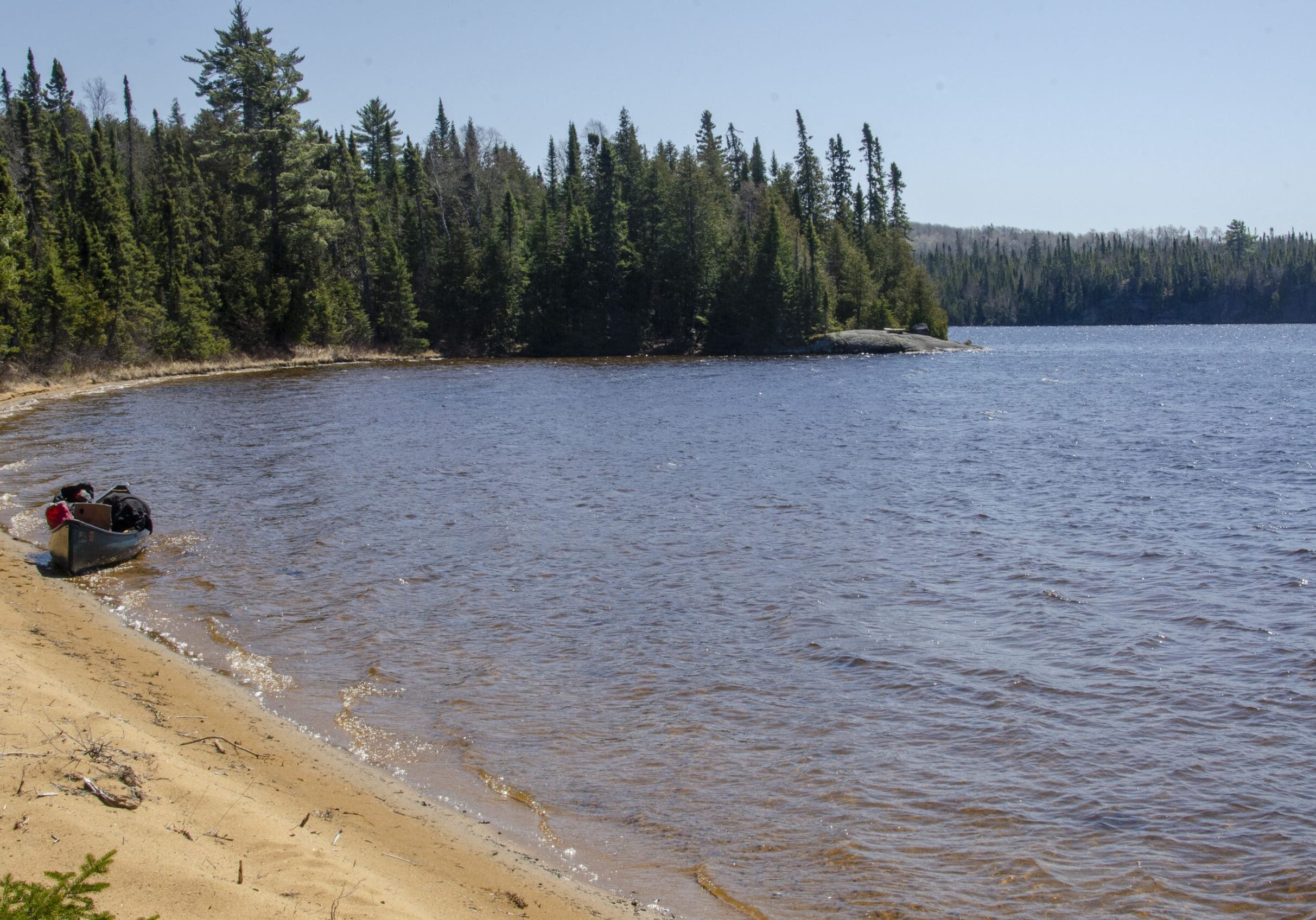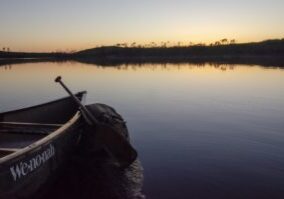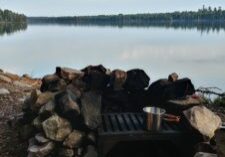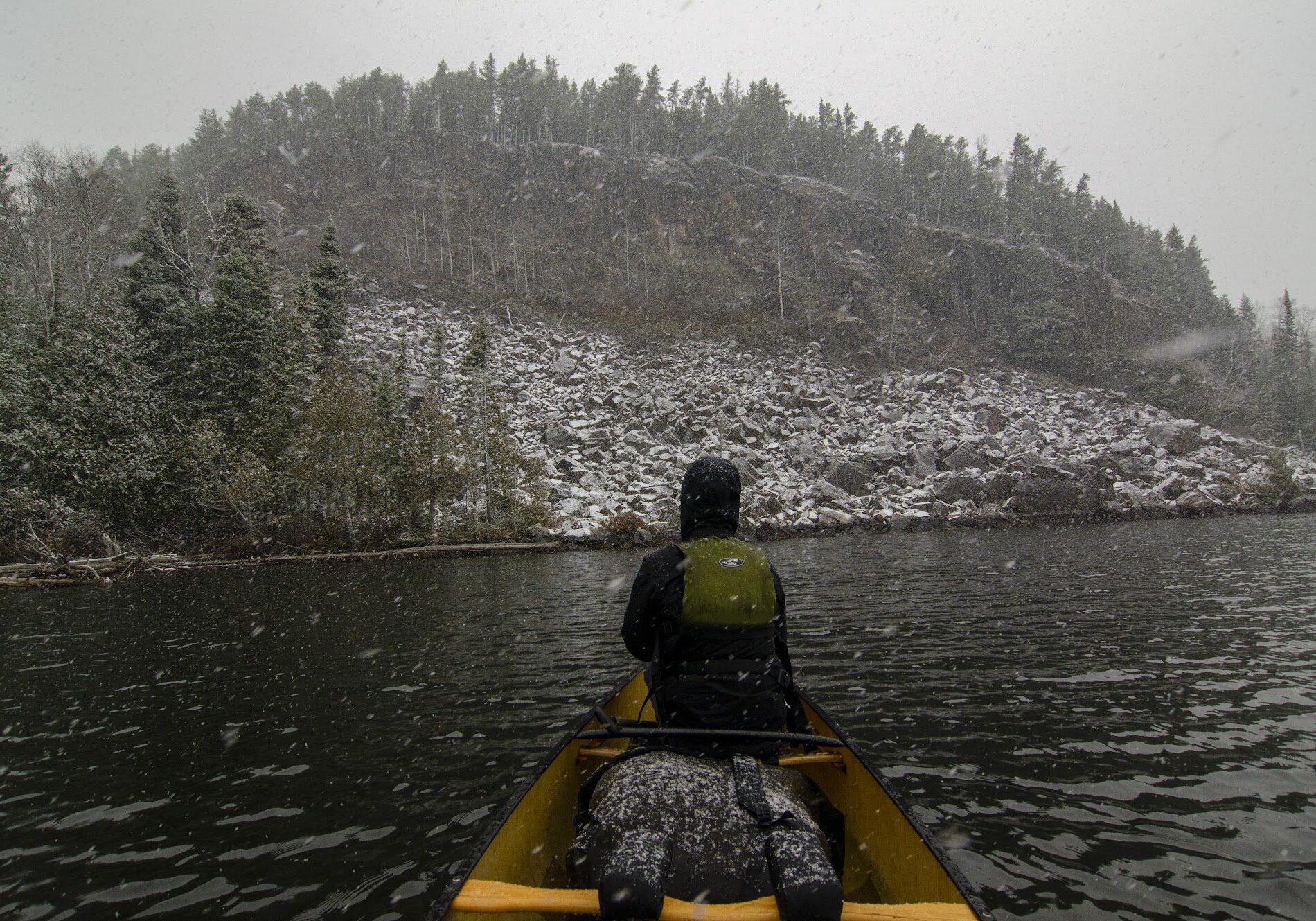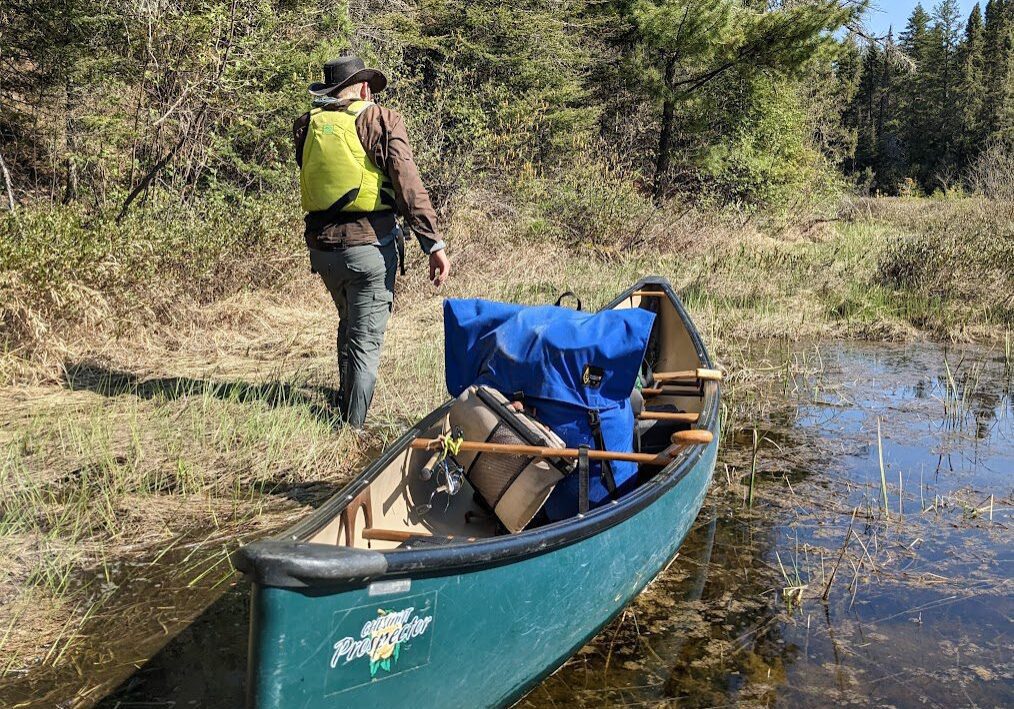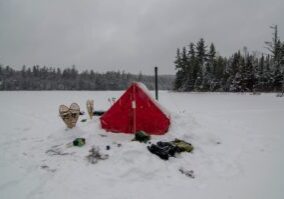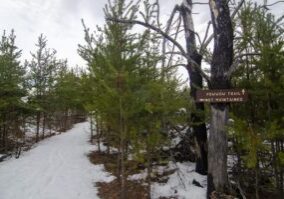Sign up for our newsletter to receive updates about new articles, great deals, and information about the activities you love and the gear that makes them possible:
Have You Read Our Other Content?
Six Rules for BWCAW Portage Etiquette
If you are new to wilderness canoe camping, especially in a heavily used wilderness area like the BWCAW, then the group traffic at some of the busier portages in Canoe Country may come as a shock. Here are six [written and unwritten] rules you should apply the next time you portage on a well-congested portage trail.…
The Route Planning Game
“Probably the best remedy for the canoe freak is map watching. Pouring over maps can often get you through the canoeless season when nothing else can. I recommend it highly. If you coat the maps with plastic, you can even use them as tablecloths, curtains, and all sorts of things. However, no matter what you…
10 Tips and Tricks for Nightime Canoe Travel
The vast majority of BWCA visitors paddle and hike during daylight hours and for good reason. It’s safer, there’s more to see, and daylight travel aligns with normal sleep cycles. Night travel, on the other hand, provides a higher risk of getting lost while paddling; it’s also easier to fall and get hurt while portaging.…
The Ten Types of BWCA Campsite
Every traveler to the BWCA has their ideal of what a campsite should look like and what features it should have. Perhaps it has a sprawling camp kitchen or a nice overlook. Perhaps it’s perched on an island or alongside a sprawling beach. But whether the campsite is easy to access or is tucked back…
Map Mondays – Week 7 – Larch Creek to Brule Lake
As part of our continuing series on the “route planning game,” we are creating routes using randomly selected entry points, exit points, and number of days to create unique and fun BWCA routes. Let’s check it out! Total Mileage: 52.5 milesNights: 6Paddle Distance: 42.8 milesPortage Distance: 9.7 miles Day 1: Miles: 13.6Target Campsite: Saganaga Lake,…
Let’s Break the Ice on a BWCA November Canoe Trip!
It’s been snowing all week here in Ely which points to a winter season fast approaching. In the meantime, this is one of the more challenging seasons for wilderness travel with many big lakes still open, smaller lakes starting to freeze, and trails and forests covered in fresh, wet snow. To the majority of…
The BWCAW Permit and Visitor Use Report
At the end of July, last year’s visitor use report was published by the USFS. It notes current statistics and trends in visitor numbers and activities. It also provides a unique benchmark which, along with past visitor surveys (and more major studies from 2007, 1992, and 1969) gives a glimpse into the people utilizing the…
How to Start Wilderness Winter Camping on a Budget
The wind howls around the steep rocky palisade displacing snow which softly blanketed the lichen-speckled crag the night before. The cold wind bites the face as the eyes turn upwards towards brilliant hues of pink and orange igniting the morning sky. The evening dark and long makes the dawn all the more magical. And with…
How to Hike the BWCA this Fall
For those of us whose Boundary Waters trips don’t end with canoe season, Fall can be a challenging time to decide what activities to pursue. As the ice begins to line the outer edges of the lakes and canoeing becomes tougher, it’s just the perfect time of the year to hit the trails and backpack…



